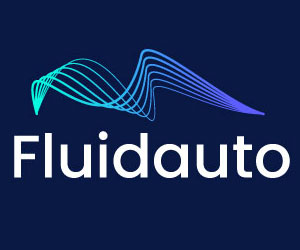Average petrol prices have increased by seven per cent in the past three months, according to the ACCC’s latest petrol monitoring report.
In Australia’s largest cities (Sydney, Melbourne, Brisbane, Adelaide and Perth), fuel has hit a four-year high in real terms of around 145 cents per litre (cpl) on average.
Annual average prices in the five largest cities in real terms steadily fell between the 2013-14 and 2016-17 financial years, however, in 2017-18 the average price of petrol increased overall by nearly 10 per cent compared with the previous year.
“The major factors driving higher prices were an increase in international crude oil and refined petrol prices, and a lower AUD-USD exchange rate,” ACCC Chair Rod Sims said.
“The OPEC cartel in particular continues to have a damaging effect on Australian petrol prices. In late-2016 OPEC, and some other crude oil producing countries, agreed to cut production. This restricted supply into the market, which has clearly started to bite through steadily increasing petrol prices in the past financial year.”
“A weaker Aussie dollar has also increased costs for wholesalers buying petrol for the Australian market, which flows through to consumers who pay for this at the pump,” Mr Sims said.
While higher global oil prices are the major factor, the ACCC report also shows that the gross margins Australian petrol retailers are obtaining for every litre sold are also adding to the price pressure motorists experience. In layman’s terms, the data shows that petrol stations are dictating the market prices leaving consumers on the back foot in terms of competitive pricing.
“Current gross retail margins in the five largest cities are now over 50 per cent above the 16 year average since the ACCC began tracking this data.” Mr Sims said.
Brisbane motorists continue to pay the highest price for petrol of the five major cities. This continues a trend that has seen Brisbane prices being the highest of the five major cities for 18 of the past 24 months.
How can motorists/fleets save money at the pump?
- Use the free fuel price apps and websites to shop around for the lowest prices.
- Avoid buying petrol at the peaks of the price cycle
- Aim to fill up your vehicle/s less frequently by reducing km’s and through route optimisation
“Cost of living pressures are high and petrol is a major purchase in weekly budgets. Motorists can manage this cost by using fuel price apps and websites to reward retailers offering the lowest price,” Mr Sims said.
“If retailers know that price is the number one consideration for consumers when choosing where to buy their petrol, it gives them a very clear incentive to be as competitive as possible with their pricing.”










